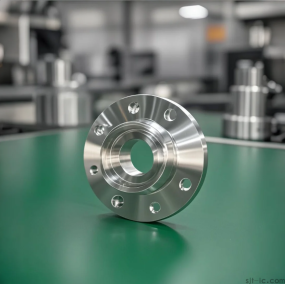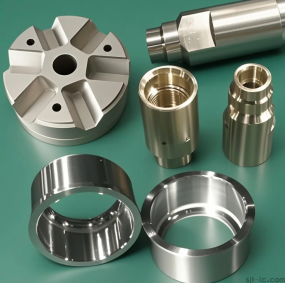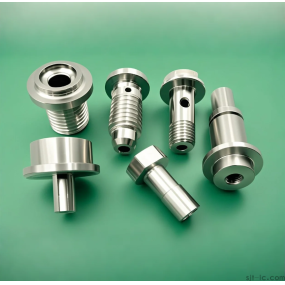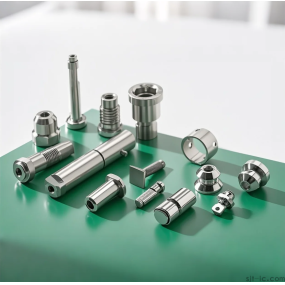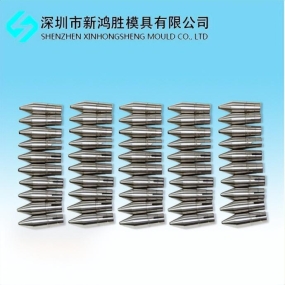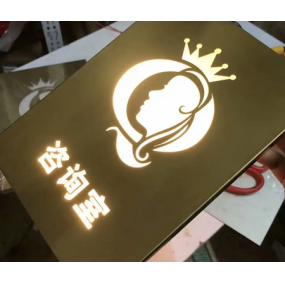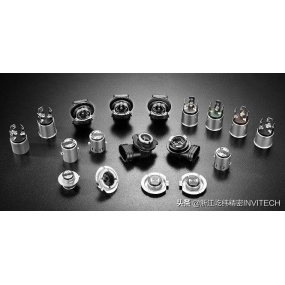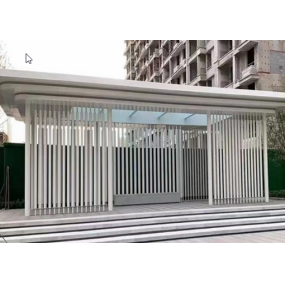 Tool wear has always been a headache for numerical control machining manufacturers. Familiar understanding of the causes and forms of tool wear can help us extend the service life of tools in the field of numerical control machining and better control the quality of products. Shenzhen EMAR Precision Technology Co., Ltd. focuses on high-precision numerical control machine tools for external processing. Years of development have summed up a set of technical experience in tool wear. Next, we will share with you what common tool wear is presented, as well as the reasons for wear and the measures to avoid it. Let‘s take a look at this technical knowledge.
Tool wear has always been a headache for numerical control machining manufacturers. Familiar understanding of the causes and forms of tool wear can help us extend the service life of tools in the field of numerical control machining and better control the quality of products. Shenzhen EMAR Precision Technology Co., Ltd. focuses on high-precision numerical control machine tools for external processing. Years of development have summed up a set of technical experience in tool wear. Next, we will share with you what common tool wear is presented, as well as the reasons for wear and the measures to avoid it. Let‘s take a look at this technical knowledge.
First, the manifestation of tool wear and numerical control processing manufacturers should take countermeasures to share
1. Crescent depression wear and tear
 Reason: The contact between the chips and the front face of the blade (tool) causes the wear of the crescent depression, which is a chemical reaction.
Reason: The contact between the chips and the front face of the blade (tool) causes the wear of the crescent depression, which is a chemical reaction.
Countermeasures: Reducing the cutting speed and selecting an insert (tool) with the correct groove and a more wear-resistant coating will extend tool life.
2. Rear blade surface wear
 Rear face wear is one of the most common types of wear and occurs on the rear face of the blade (tool).
Rear face wear is one of the most common types of wear and occurs on the rear face of the blade (tool).
Cause: During cutting, friction with the surface of the workpiece material can lead to tool material loss in the rear face. Wear usually initially appears at the edge line and gradually develops downward.
Response: Reducing the cutting speed and simultaneously increasing the feed will extend the tool life while ensuring productivity.
3. The coating peels off
 Coating peeling usually occurs during processing of materials with bonding properties.
Coating peeling usually occurs during processing of materials with bonding properties.
Cause: Adhesive load will develop gradually, and the cutting edge will be subjected to tensile stress. This can cause the coating to separate, exposing the underlying layer or substrate.
Countermeasures: Increasing the cutting speed and selecting a blade with a thinner coating will reduce the coating peeling of the tool.
4. Plastic deformation
 Cutting edge collapse
Cutting edge collapse

Plastic deformation refers to a permanent change in the shape of the cutting edge, causing the cutting edge to deform inward (the cutting edge is sunken) or downward (the cutting edge collapses).
The reason is that the cutting edge is under stress at high cutting forces and high temperatures, which exceeds the yield strength and temperature of the tool material.
Countermeasures: The use of materials with hot topic hardness can solve the problem of plastic deformation. Coating can improve the plastic deformation resistance of the blade (tool).
5. Collapse the blade
 The difference between a chipped edge and a broken edge is that the blade can still be used after a chipped edge.
The difference between a chipped edge and a broken edge is that the blade can still be used after a chipped edge.
Cause: There are many combinations of wear conditions that can lead to chipping. However, the most common are thermal-mechanical and adhesive.
Countermeasures: Different preventative measures can be taken to minimize chipping, depending on the state of wear that caused it to occur.
6. Cracks
 Cracks are narrow slits through which a new boundary surface is formed. Some cracks are confined to the coating, while others extend down to the substrate. Comb-like cracks are roughly perpendicular to the edge line and are usually hot cracks.
Cracks are narrow slits through which a new boundary surface is formed. Some cracks are confined to the coating, while others extend down to the substrate. Comb-like cracks are roughly perpendicular to the edge line and are usually hot cracks.
Cause: Comb-like cracks are formed due to rapid temperature fluctuations.
Countermeasures: To prevent this from happening, a tougher blade material can be used, and a large amount of coolant should be used or no coolant should be used at all.
7. Fracture
 Fracture means that most of the cutting edge is broken, and the blade can no longer be used.
Fracture means that most of the cutting edge is broken, and the blade can no longer be used.
Cause: The cutting edge is carrying more load than it can handle. This may be due to allowing wear to develop too quickly, resulting in increased cutting force. Wrong cutting parameters or clamping stability issues can also lead to premature breakage.
Countermeasures: Identify the first signs of such wear and prevent it from developing by selecting the correct cutting parameters and checking the clamping stability.
8. Groove wear
 Groove wear is characterized by excessive localized damage at the maximum depth of cut, but this can also occur on secondary cutting edges.
Groove wear is characterized by excessive localized damage at the maximum depth of cut, but this can also occur on secondary cutting edges.
Cause: It depends on whether chemical wear dominates in grooving wear, which develops more regularly than the irregular growth of adhesive wear or thermal wear, as shown in the figure. For adhesive wear or thermal wear cases, work hardening and burr formation are important factors leading to grooving wear.
Countermeasures: For work-hardened materials, choose a smaller main declination angle and change the depth of cut.
9. Deflation tumor (adhesion)
 A buildup of debris (BUE) refers to the accumulation of material on the blade face.
A buildup of debris (BUE) refers to the accumulation of material on the blade face.
Cause: The chip buildup material may form at the top of the cutting edge, separating the cutting edge from the material. This increases the cutting force, resulting in overall failure or chip buildup shedding, which often peels off the coating or even part of the substrate.
Countermeasures: Increasing the cutting speed can prevent the formation of chip buildup. When machining softer, more viscous materials, it is best to use a sharper cutting edge.
 Second, the different mechanisms of tool wear
Second, the different mechanisms of tool wear
In numerical control machining, the heat and friction generated by the chip sliding along the cutting face of the tool at high speed make the tool in a very challenging processing environment. The mechanisms of tool wear are mainly as follows:
1. Mechanical force: Mechanical pressure on the cutting edge of the blade causes breakage.
2. Chemical reaction: The chemical reaction between the cemented carbide and the workpiece material causes wear.
3. Heat: On the cutting edge of the blade, temperature changes cause cracks, and heat causes plastic deformation.
4. Adhesion: For viscous materials, build-up layers/build-up tumors are formed.
5. Grinding: In cast iron, SiC inclusions can wear down the cutting edge of the blade.
Through the above sharing, we are familiar with the nine forms of tool wear and how to take measures to deal with tool wear as a numerical control processing manufacturer. At the same time, we should also pay attention to mechanical force, chemical reaction, heat, adhesion and grinding in the actual operation process, so as to avoid serious tool wear and improve the service life of the tool and cutting accuracy.


 English
English Spanish
Spanish Arabic
Arabic French
French Portuguese
Portuguese Belarusian
Belarusian Japanese
Japanese Russian
Russian Malay
Malay Icelandic
Icelandic Bulgarian
Bulgarian Azerbaijani
Azerbaijani Estonian
Estonian Irish
Irish Polish
Polish Persian
Persian Boolean
Boolean Danish
Danish German
German Filipino
Filipino Finnish
Finnish Dutch
Dutch Galician
Galician Catalan
Catalan Czech
Czech Croatian
Croatian Latin
Latin Latvian
Latvian Romanian
Romanian Maltese
Maltese Macedonian
Macedonian Norwegian
Norwegian Swedish
Swedish Serbian
Serbian Slovak
Slovak Slovenian
Slovenian Swahili
Swahili Thai
Thai Turkish
Turkish Welsh
Welsh Urdu
Urdu Ukrainian
Ukrainian Greek
Greek Hungarian
Hungarian Italian
Italian Yiddish
Yiddish Indonesian
Indonesian Vietnamese
Vietnamese Haitian Creole
Haitian Creole Spanish Basque
Spanish Basque

